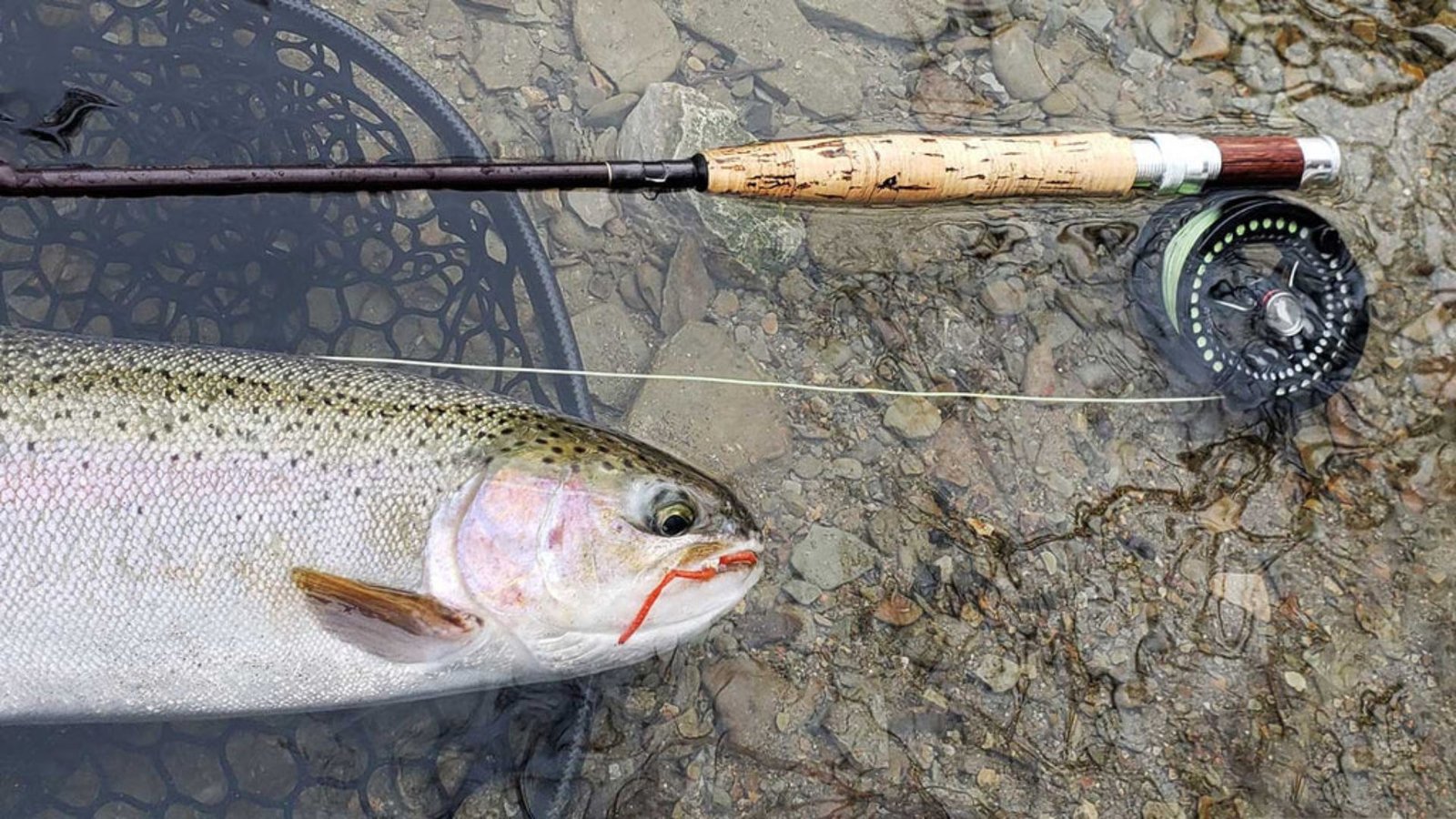Preserving whole salmon fish is a great way to ensure you have delicious and nutritious fish available whenever you need it. Proper preservation techniques help maintain the fish’s flavor, texture, and nutritional value. This guide will walk you through the best methods for preserving whole salmon fish.
Understanding the Importance of Preserving Whole Salmon Fish
Preserving whole salmon fish is crucial for extending its shelf life and ensuring it remains safe to eat. By preserving the fish properly, you can enjoy its fresh taste and health benefits long after it’s been caught. Additionally, well-preserved fish can be a convenient and versatile ingredient for a variety of dishes.

How to Preserve Whole Salmon Fish
Preparing the Whole Salmon Fish
Before preserving whole salmon fish, it’s essential to prepare it correctly. Start by cleaning the fish thoroughly. Remove scales by scraping from tail to head with a fish scaler or the back of a knife. Next, gut the fish by making a shallow incision along the belly and removing the internal organs. Rinse the fish under cold water to remove any blood or residue, ensuring it’s completely clean.
Salting the Whole Salmon Fish
Salting is a traditional and effective method for preserving whole salmon fish. Generously rub coarse sea salt or kosher salt all over the fish, including the cavity. The salt draws out moisture and inhibits bacterial growth, helping to preserve the fish. Once salted, place the salmon in a non-reactive container, cover it, and refrigerate for 24-48 hours. This process not only preserves the fish but also enhances its flavor.
Brining the Whole Salmon Fish
Brining is another excellent method for preserving whole salmon fish. Prepare a brine solution by dissolving one cup of salt and one cup of sugar in one gallon of water. Submerge the cleaned fish in the brine, ensuring it’s fully covered. Place the container in the refrigerator and let the fish soak for 12-24 hours. Brining helps preserve the fish by creating an inhospitable environment for bacteria while infusing the salmon with a subtle, sweet-salty flavor.
Smoking the Whole Salmon Fish
Smoking is a popular method for preserving whole salmon fish and adding a unique, smoky flavor. After salting or brining, rinse the fish thoroughly and pat it dry. Place the fish in a smoker set to a low temperature, typically around 175-200°F (79-93°C). Smoke the fish for several hours until it reaches an internal temperature of 145°F (63°C). The smoking process not only preserves the fish but also gives it a delicious, smoky taste that’s perfect for various recipes.
Freezing the Whole Salmon Fish
Freezing is one of the most convenient methods for preserving whole salmon fish. After cleaning, rinse the fish and pat it dry. Wrap the fish tightly in plastic wrap or aluminum foil, then place it in a heavy-duty freezer bag. Remove as much air as possible before sealing to prevent freezer burn. Label the bag with the date and place it in the freezer. Properly frozen salmon can last up to six months without losing quality.
Canning the Whole Salmon Fish
Canning is a reliable method for preserving whole salmon fish for long-term storage. Cut the cleaned fish into pieces that fit into canning jars. Pack the fish into sterilized jars, leaving one inch of headspace. Add a half teaspoon of salt per pint jar for flavor. Seal the jars with lids and process them in a pressure canner according to the manufacturer’s instructions, typically at 10-15 pounds of pressure for 100-110 minutes. Canned salmon can last up to a year in your pantry.
Conclusion
Preserving whole salmon fish ensures you have access to delicious, high-quality fish long after it’s been caught. By using methods like salting, brining, smoking, freezing, and canning, you can extend the shelf life of your salmon while maintaining its flavor and nutritional benefits. Each technique offers unique advantages, allowing you to choose the best method for your needs. Happy preserving!




